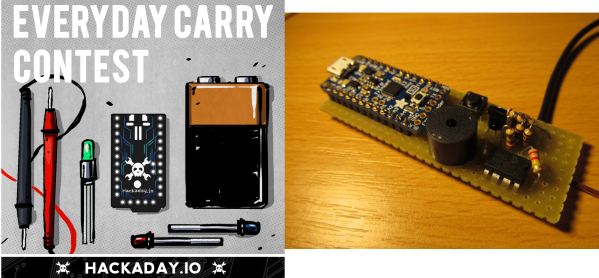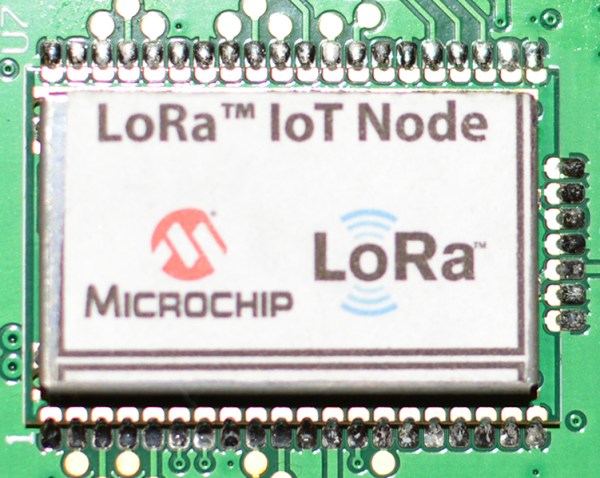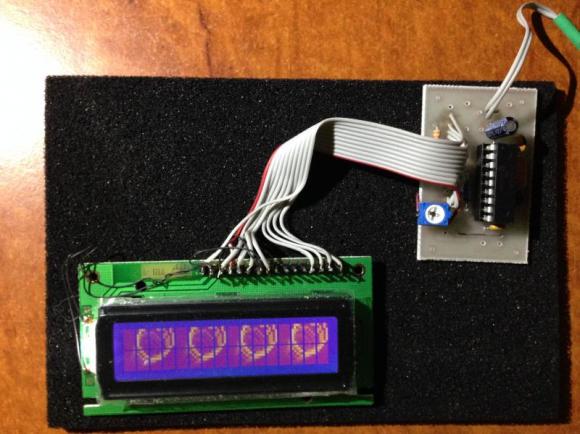Sometimes finding a short-circuit is easy, especially after the magic smoke has escaped. Finding a short on a newly etched or milled board though, can be a maddening task. Many of us have been there – wrestling with multimeter probes under a magnifier trying to find the offending bit of copper that is the source of all our problems. [Jaromir] designed Shorty to make this task a little bit easier.
Shorty is a short-circuit finder – but it’s not exactly like the one you would find on a typical multimeter. [Jaromir] used MCP6041 Op-Amp to detect resistances down to the order of tens of milliohms. Determining an exact resistance measurement at these levels would require a heck of a lot of calibration. When looking for a short though, [Jaromir] is only concerned with the relative value – is he getting closer to or further away from the short. He determines this by sound. The Op-Amp output is sent to the Pro Trinket’s ADC input. The trinket drives a speaker with lower or higher tones based upon the ADC voltage. Much like the childhood game of “hot and cold”, Shorty will direct you right to your short!
There’s still time to enter the Trinket Everyday Carry Contest. The main contest runs until January 2, but we’re having random drawings every week! Don’t forget to write a project log before the next drawing at 9pm EST on Tuesday, December 30th. You and all of the other entrants have a chance to win a Teensy 3.1 from The Hackaday Store!






 [Andy] loves his
[Andy] loves his  If you’re going to build a jukebox, why not go all out? Here’s a
If you’re going to build a jukebox, why not go all out? Here’s a 













